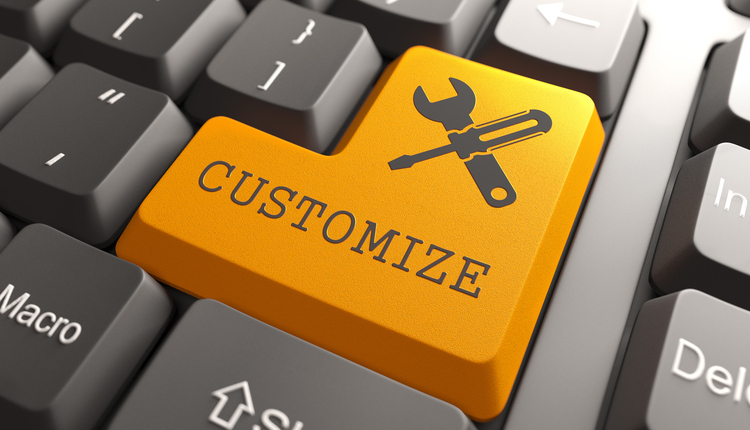A large percentage of e-retailers in the US fulfill orders from a single distribution center. Not only does this strategy limit delivery speed and increase parcel shipping costs, it creates a huge risk for business interruption.
The best example is what’s happening now with COVID-19. If the virus hits that one warehouse’s workforce hard, can you keep orders flowing? To mitigate this risk, several of our existing customers have recently asked us to spread their inventory across at least one additional fulfillment center to ensure business continuity.
To be clear, this is not a COVID-19 issue alone. Power outages, floods, earthquakes, fires, civil unrest and other disruptions also create risk if all your inventory is in one location. Your customers may sympathize with you in the wake of a disaster but, ultimately, they want their product and will get it from a competitor if they can’t get it from you.
Benefits of a Decentralized Distribution Network
Beyond risk mitigation, a multi-location fulfillment strategy also brings the following benefits:
- Faster delivery time. Many consumers have been conditioned to expect delivery in 2 days. That’s simply not possible, nationwide, with a single fulfillment warehouse – at least not without paying exorbitant costs for expedited shipping.
- Reduced parcel costs. It’s obviously cheaper for e-retailers to fulfill orders from a zone that is nearest to the customer. The parcel savings typically far outweigh the cost of an added location and inventory.
- Scalability. If you are a growing business, you’ll need an expanded warehouse footprint to accommodate the increased order volume. It might make sense to expand your facility network at the same time to set the stage for continued growth. You can do this yourself, or partner with a 3PL that can put your product in any region of the country.
Disadvantages of Decentralized Distribution
The argument for distributing nationally from a single fulfillment center is mainly avoidance of fixed costs for additional inventory, and the space and labor to manage that inventory. Also, your inbound transportation costs could increase with a multi-location strategy as goods are delivered to more than one facility. Use of an outside 3PL may lessen some of these costs if the provider already has facilities in place, with all inventory managed with a single system. But there are still added costs since you’re paying, directly or indirectly, for duplicate inventory, material handling equipment, taxes, utilities and more.
Single DC Strategy: Not Worth the Risk
These are difficult times, with distribution challenges we’re not even sure how to deal with as yet. The risk of keeping things “simple” with a single-DC network are simply too great – the main risk being a business shutdown linked to an inability to ship.
If you utilize a single-DC strategy, manage this risk by spreading your inventory across more than one location – either by leasing a warehouse or partnering with a fulfillment services provider with a nationwide warehouse network. It will take some thought and planning to identify the right location and the right split of inventory. But once the reconfigured fulfillment network is in place, your business will be safer.
Harry Drajpuch is CEO of Amware Fulfillment, a national logistics company that helps brands scale direct-to-consumer fulfillment operations to keep pace with business growth. With fulfillment centers in every region of the country, Amware enables one- to two-day delivery to 98% of the US.






![GettyImages-911045162-[Converted]](https://cms-static.wehaacdn.com/parcelindustry-com/images/GettyImages-911045162--Converted-.2298.widea.0.jpg)










